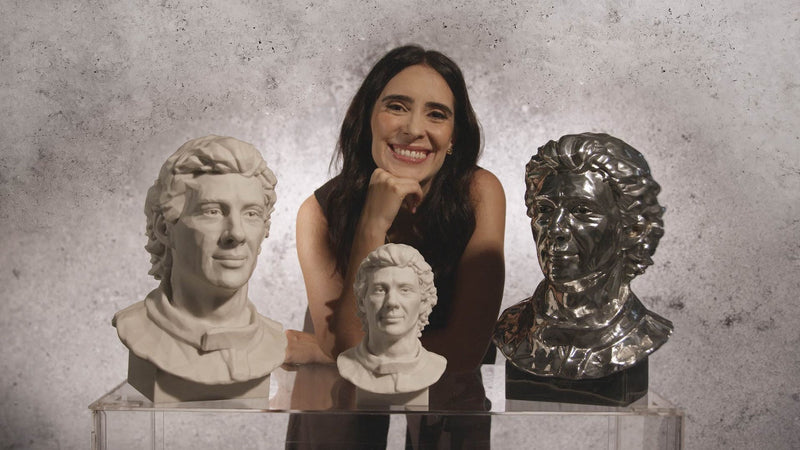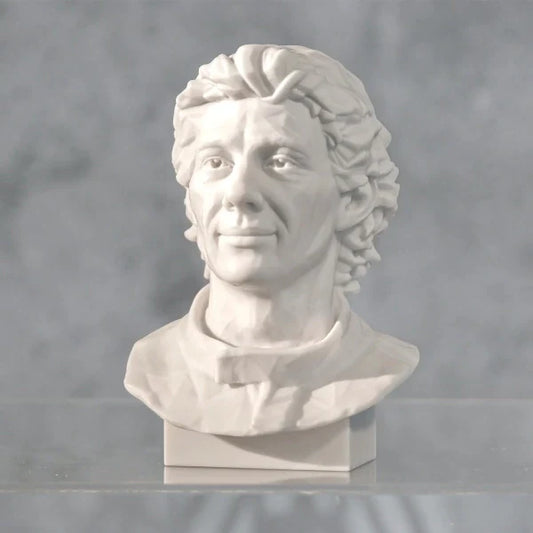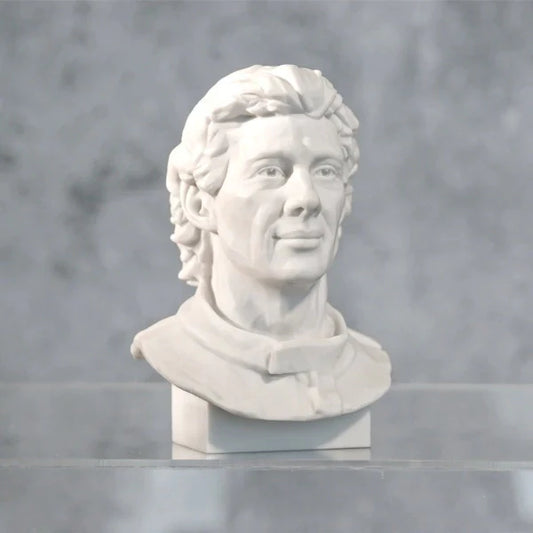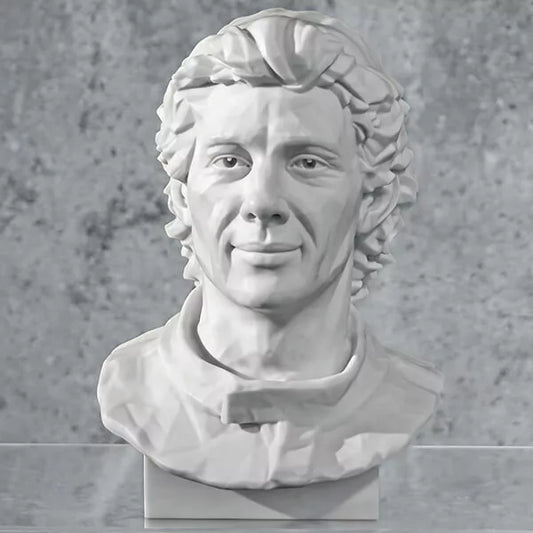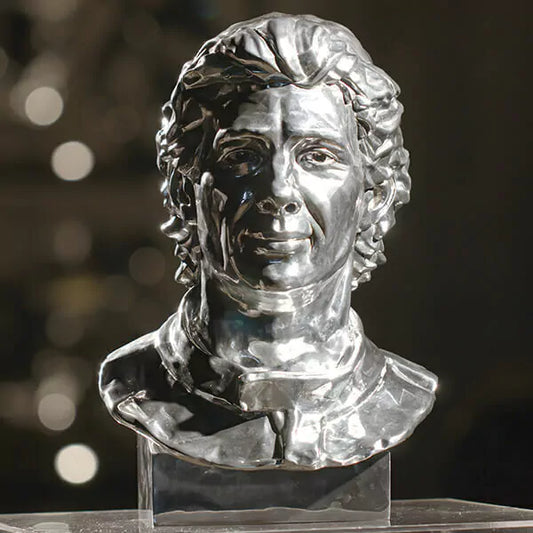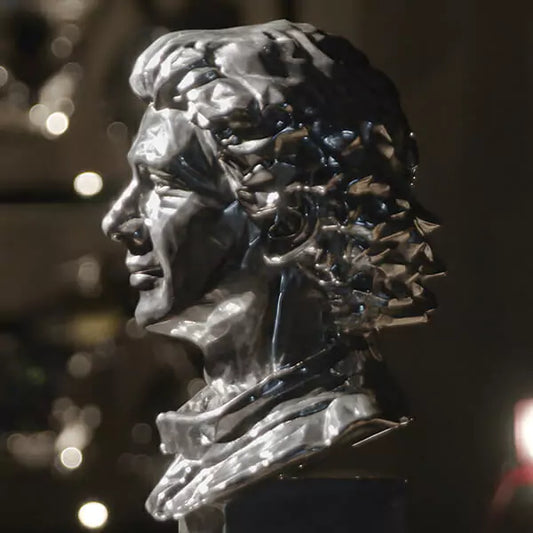Meu Ayrton
Meu Ayrton (Original Version): from its genesis to the Vatican collection
Anyone who sees the original version of "Nosso Senna" – the life-size bust of Ayrton – immediately recognizes ancient yearnings of a very popular chapter of Western art: the inspiration in Greco-Roman sculpture eager for verisimilitude, the theme of the hero's immortalization, the recognition of a face portrayed in what is not skin.
It is extremely rare, however, and possibly unprecedented in the historiography of art, for a bust to emerge from a conversation between two mothers. Or, to be more definitive, from the pact between a mother cradling a longing with another, her granddaughter, experiencing the creative power of pregnancy.
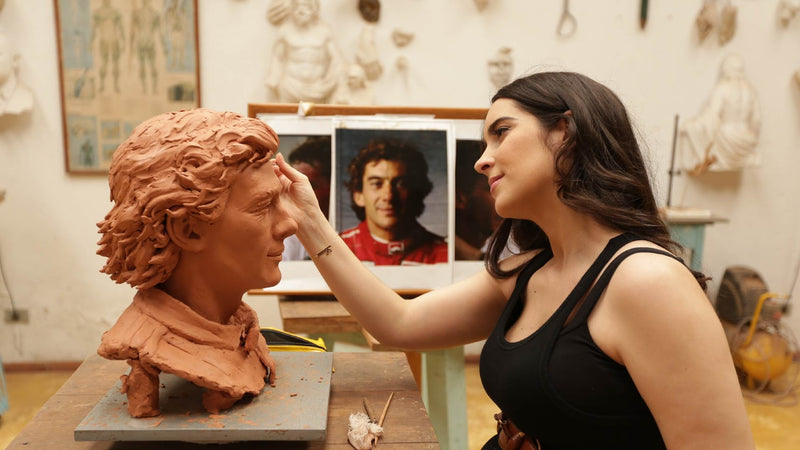
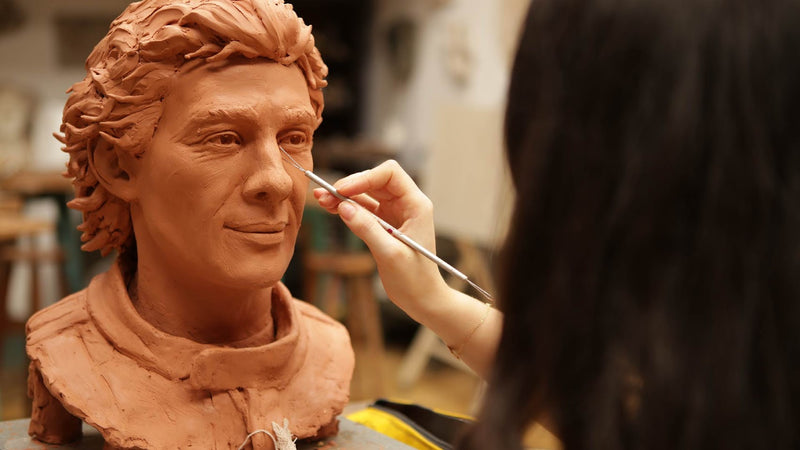
For the past 30 years, Neyde Senna has diligently organized the image archives of her son Ayrton Senna's memorial. Accustomed to seeing tributes to her son, she made no secret of her desire to see a sculpture that, in her eyes, was as faithful as possible to the face of her beloved "Beco," as she knew him intimately. In 2014, Neyde made a decision: she turned to her granddaughter Lalalli Senna, who was building a career in the visual arts.
“This made me feel insecure and at the same time honored, because she didn't just want a face similar to Ayrton's, she wanted to make tangible a memory of her son that wasn't in the photos.”
Lalalli Senna
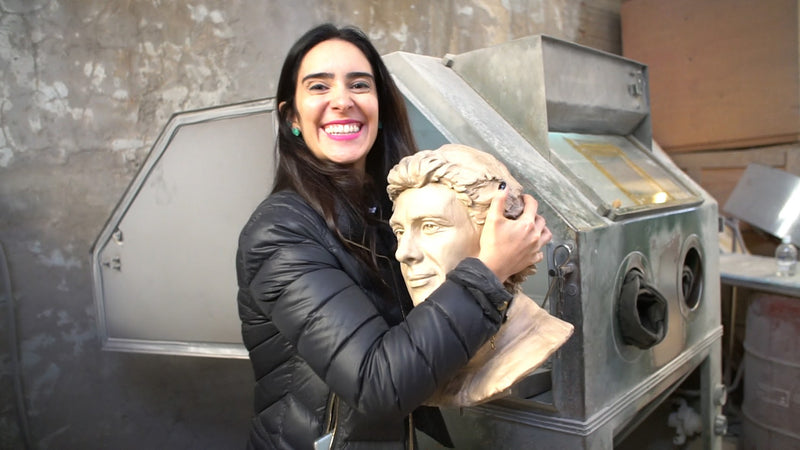
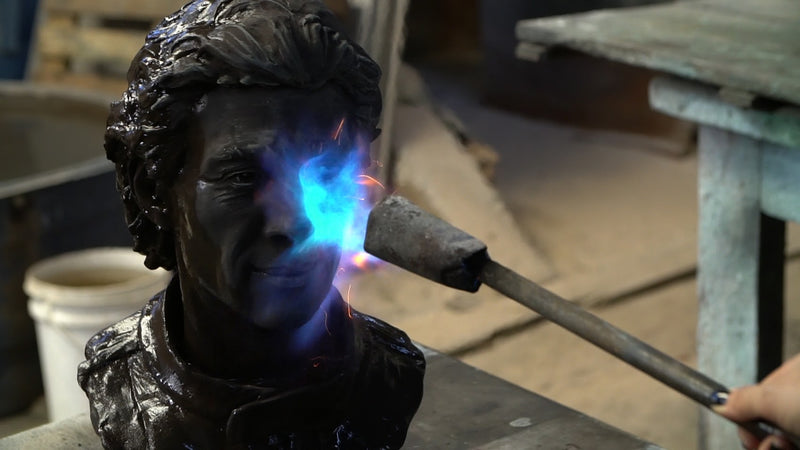
Finding the right expression required Lalalli hours and hours of searching through the Memorial's photographic archives. Later, the initial creative process, on a digital platform, was abandoned due to unsatisfactory results. It was only with the malleability of plasticine that Lalalli began to shape the Ayrton she remembered, discovering with her hands the not-always-obvious features of the three-time world champion in the photos: the athletic neck, the firm chin, and even the slightly uneven lips, the result of a viral paralysis contracted by the driver in 1985, before his debut with Lotus. "It was funny that my grandmother was satisfied faster than I was," says Lalalli. "She didn't want me to continue because she was afraid something would be lost. But I was only convinced when I was already working on the expanded project, which came to be called Nosso Senna." At that point, Lalalli was still racing against time; In addition to having a move scheduled for the United States, she was carrying another creation: her first child, already in the final weeks of pregnancy.
The work received widespread approval from the Senna family, and especially from Dona Neyde. However, the first bronze replica of the sculpture was not in São Paulo, where the matriarch resides, but in the Vatican.
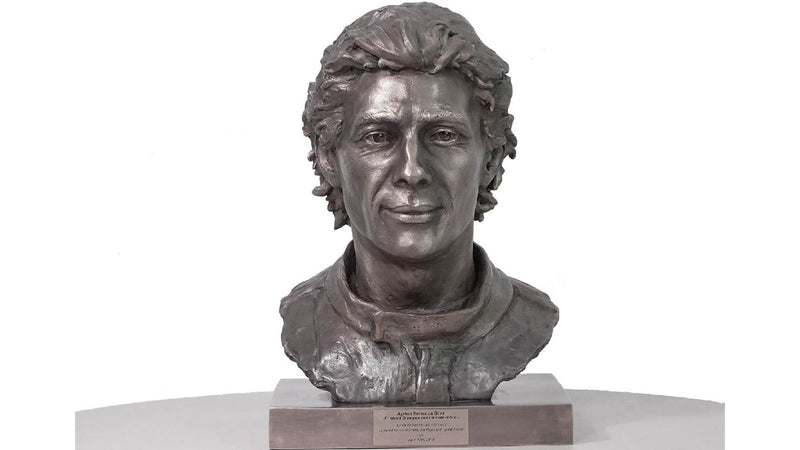
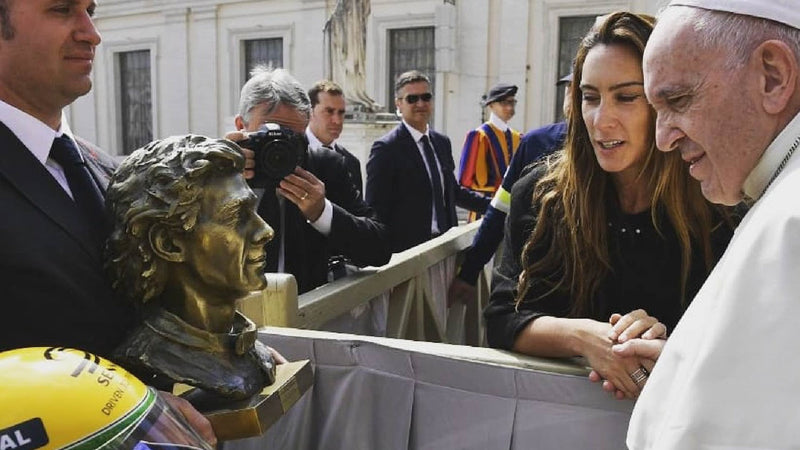
The suggestion to present the bust to Pope Francis, known for his passion for sports, came from Italian banker Gian Claudio Giovannone, representative of the Ayrton Senna Institute in Europe, and was readily accepted. On April 18, 2019, the Thursday of Easter Week, the Argentine pontiff received the green-and-yellow helmet and the bust from Bianca Senna (Lalalli's sister), which passed another test: it was immediately recognized by pedestrians in the queue in St. Peter's Square and by Vatican security, who quickly sped up the procession of the honorees. Today, listed in the contemporary collection of the Vatican Museums, alongside pieces by famous (and still very masculine) names such as Van Gogh, Marc Chagall and Pietro Ruffo, “My Ayrton”, which was the first step towards the celebrated “Nosso Senna”, can be described as a unique work in memory of the genius of motor racing, born from a gesture of doubly maternal love.






